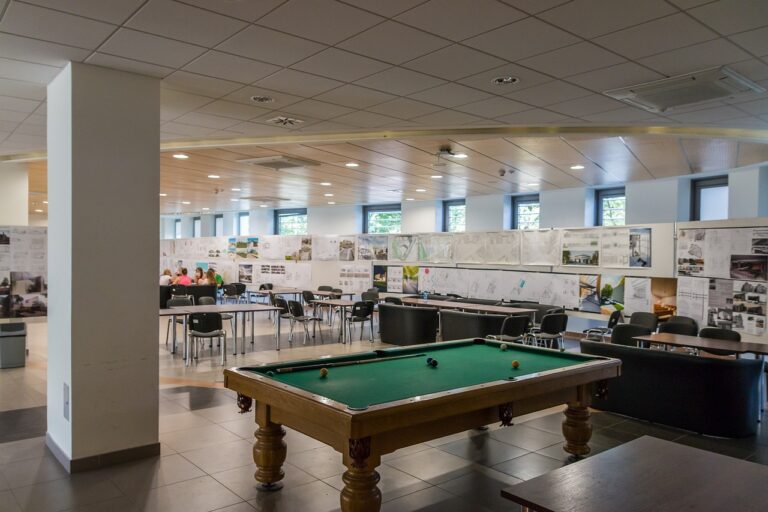Collaborative Learning: Tools and Techniques
Collaborative learning is a pedagogical approach that emphasizes interaction and cooperation among students in an educational setting. It involves students working together to achieve common learning goals, sharing responsibility for both individual and group outcomes. This method encourages active participation, communication, and critical thinking skills among learners, fostering a deeper understanding of the subject matter.
In collaborative learning, students engage in discussions, group projects, and peer teaching, allowing them to learn from one another’s perspectives and experiences. This approach not only enhances academic achievement but also promotes social skills such as teamwork, leadership, and conflict resolution. By working collaboratively, students are able to develop a sense of community within the classroom, creating a supportive learning environment that is conducive to growth and development.
Benefits of Utilizing Collaborative Tools
Collaborative tools offer a myriad of benefits that can significantly enhance the learning experience. By facilitating real-time communication and collaboration among students, these tools encourage active engagement and foster a sense of community within the learning environment. Students can work together on projects, share resources, and provide feedback to one another, ultimately promoting a deeper understanding of the subject matter.
In addition, collaborative tools enable students to develop essential skills such as communication, teamwork, and problem-solving. Through working collaboratively, students learn to appreciate different perspectives, resolve conflicts, and leverage each other’s strengths to achieve common goals. These tools also promote a more interactive and dynamic learning experience, where students can participate in discussions, brainstorm ideas, and co-create knowledge with their peers.
What is collaborative learning?
Collaborative learning is an educational approach in which students work together in groups to achieve a common goal or complete a task.
How can collaborative tools enhance the learning experience?
Collaborative tools can enhance the learning experience by promoting active participation, fostering teamwork, improving communication skills, and increasing engagement among students.
What are some examples of collaborative tools that can be used in the classroom?
Examples of collaborative tools include Google Docs, Slack, Trello, Microsoft Teams, Zoom, and other online platforms that allow students to collaborate on projects and communicate effectively with one another.
How can teachers incorporate collaborative tools into their lesson plans?
Teachers can incorporate collaborative tools into their lesson plans by assigning group projects, facilitating online discussions, and encouraging students to work together on assignments using technology.
Why is it important for students to develop collaboration skills?
Developing collaboration skills is important for students because it prepares them for the workforce, where teamwork and effective communication are essential for success in today’s global economy.





